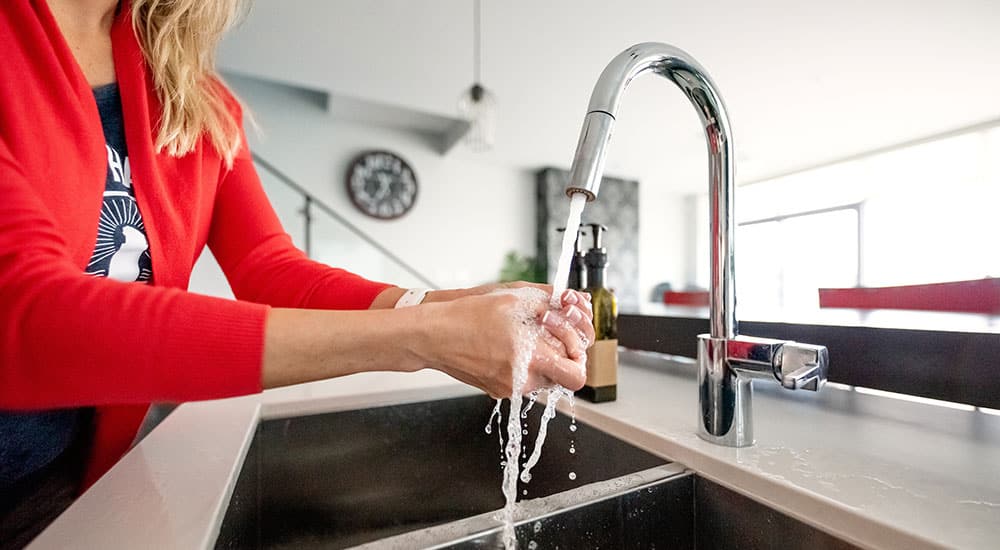Water softener maintenance is one of the main concerns of homeowners discussing if they have one installed or not.
A water softener system requires regular checking on your part. The good news is that you only need to do a minimal check-up and are inexpensive. The truth is, the cost is negligible when you think about the impact of hard water in a city.
Regularly maintaining your water softener is especially important where water hardness levels are normally as high as 17 grains per gallon. Your water filtration system must work harder to soften the water and may need more maintenance frequently so it continues to operate well. If you want to know how to maintain your water softener, make sure to read this article until the end.
Check the Salt Regularly
You should refill the brine tank of your water softener every 60 days. However, this is an excellent idea to check more frequently. You should open the brine tank lid from time to time and make sure water covers the salt and keeps it wet.
If the salt dries up and you have a good water level, you must put salt in the brine tank water again.
You should check on the salt level every now and then, which is mainly important if your water softener is more than 10 years old.
Regularly Clean Your Brine Tank
Most experts of water softeners recommend that you need clean your brine tank every year, at least once. Otherwise, the salt can form sludge or clumps, which reduces the regeneration process. In case your water has high levels of sediment or iron, you might have to clean your brine tank more than once a year.
When you clean your brine tank, you can possibly do it on your own, but an expert is helpful when it comes to cleaning your brine tank using a water softener service.
Resin Bed Cleaner
Even if your beads are recharged by salt, it does not hurt to flush out the resin bed every couple of months using a water softener cleaner to maintain its great quality. Over time, your water softener can accumulate iron, heavy metals, silt, and other compounds that cause your softener to not be as efficient. If you want to reduce the ineffective resin incident, you just have to pour the amount the manufacturer recommends down to the brine well and manually regenerate the system. After that, the cleaner is discharged in the normal flushing process of the water softener. This action will keep the resin clean and able to absorb a lot of calcium and magnesium throughout its entire lifespan.
Use Good Quality Salt
When you refill your brine tank, make sure you are using quality salt. Thankfully, water softeners are inexpensive.
If you want the best, you should go for the evaporated salt pellets, which are very pure. In general, any kind of salt will do, except the block salt, which must be avoided unless the manufacturer of your water softener says something else.
Venturi Valve Cleaning
The nozzle and venturi create suction so it can move from the brine tank and into the resin tank in the regeneration cycle. Therefore, sometimes, the venturi valve gets clogged with sand, dirt, and sediment, which means a clean valve is important for the water softener to properly work. You just have to unscrew the valve cover, take out the internal parts, and clean them. You must do this twice a year.
After a whole house water filtration Erie installation, you need to use these tips to properly maintain your water softener.


